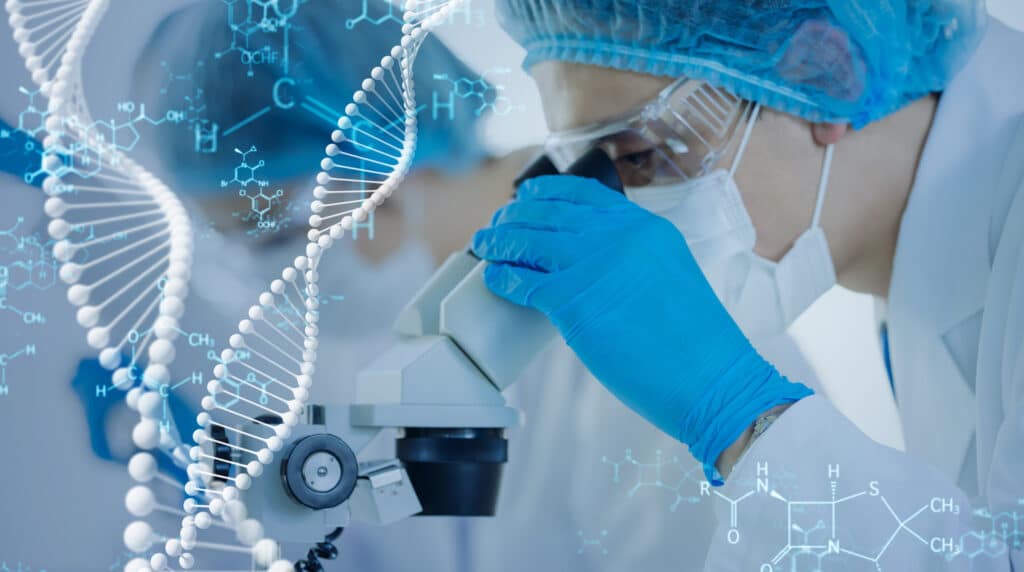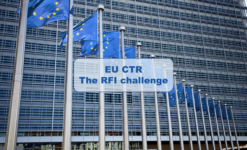
In Part 1 of this blog, we covered the definitions of Starting Materials, Raw Materials, and Ancillary Materials. In Part 2, we will cover the implications of the Starting Materials definition and how to position them in the framework of the regulatory dossier. Additionally, for CGT products, a clear definition of the Drug Substance (DS) and drug product (DP) will impact the regulatory submission.
In the multifaceted environment of CGT products, it is challenging to know how to position the starting materials, DS, and DP as the demarcation is more complex when compared to traditional biologics. In our experience, defining the position early in the development is very beneficial.
For example, for a gene therapy product using an adeno-associated viral (AAV) vector, the vector unit is usually the Drug Substance and clearly forms part of the Drug Product. However, the plasmids involved in establishing the AAV vector construct and the cell bank would be considered as Starting Materials, since they directly contribute to formation of the final product. For cell-based products, the Starting Materials typically include the autologous or allogenic cells or a cell bank, plus, if applicable, the starting materials used to produce the vectors and the vectors used for transduction of the cells.
Regulatory submission product positioning
Before proceeding with the regulatory submission, it is important to clearly define the Starting Materials, Drug Substance and Drug Product, and obtain agreement from the Health Authorities on the positioning. Clear definition of the Starting Materials, DS, and DP will dictate the quality requirements, the level of characterization and testing required, and, very importantly, the content and organization of eCTD Module 3.
This definition is part of the product development which is highly linked to the control strategy. Although this is far from being straightforward for CGT products, we have developed approaches that have been successfully accepted by the FDA and EMA.
Fortunately, Health Authorities are moving forward in providing guidance in these definitions and how the information should be presented in Module 3. For a gene therapy product, the FDA Guidance for Industry Chemistry, Manufacturing, and Control (CMC) Information for Human Gene Therapy Investigational New Drug Applications (INDs), January 2020, indicates the FDA’s current thinking on presenting gene therapy IND submissions in an eCTD structure with specific recommendations for the DS, DP and Starting Materials. Additionally, EMA/246400/2021 addresses questions and answers on GMP requirements for ATMP starting materials. Depending on the specific Starting Material and its use, it can be acceptable to manufacture it according to principles of GMP without full GMP requirements, provided a risk-based approach is taken and documented to ensure the relevant sections of Part IV of the Eudralex Volume 4 GMP Guidelines are applied to the Starting Material manufacture.
Take home messages
- Take into consideration both European Pharmacopeia and USP monographs when sourcing raw materials and starting materials.
- Identify the research grade materials and search for clinical grade where feasible as product development progresses.
- Define early the various elements of the CGT Product and position what is considered Raw Material, Starting Material, Drug Substance and Drug Product.
- Obtain early feedback from the Health Authorities to agree on the best strategy for Raw Materials, Starting Materials, Drug Substance, and Drug Product.
Additional reading:
- FDA Guidance for Industry Chemistry, Manufacturing, and Control (CMC) Information for Human Gene Therapy Investigational New Drug Applications (INDs), January 2020
- Part IV of the Eudralex Volume 4 GMP Guidelines
- EMA/246400/2021: Questions and answers on the principles of GMP for the manufacturing of starting materials of biological origin used to transfer genetic material for the manufacturing of ATMPs
Published on: September 6th






